- Write by:
-
Friday, May 6, 2022 - 13:09:53
-
495 Visit
-
Print
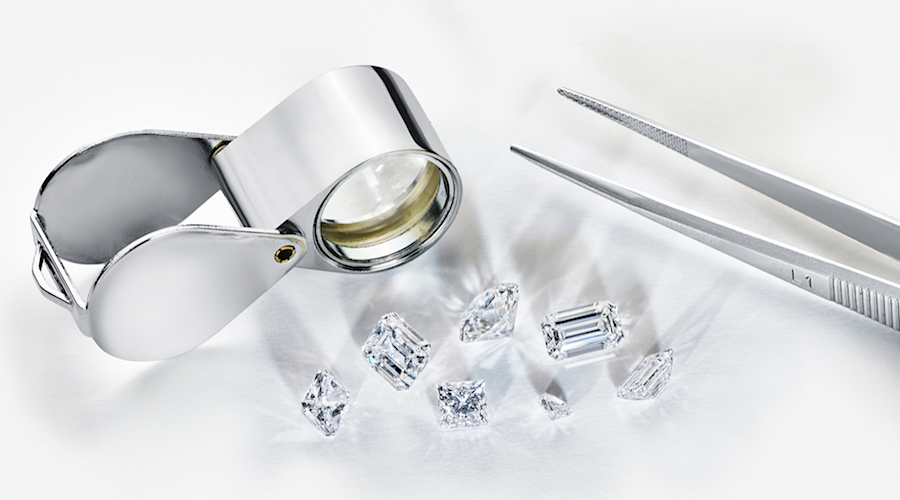
Mining News Pro - Prices are surging in some corners of the rough-diamond market, as sanctions on one of the world’s two giant miners ripple through the supply chain. In the past, the industry could turn to behemoth De Beers to crank out extra gems when supply ran tight — but not this time.
The price of a small rough diamond, the type that would end up clustered around the solitaire stone in a ring, has jumped about 20% since the start of March, according to people familiar with the matter. The reason: Diamond cutters, polishers and traders are struggling to source stones after the US levied sanctions on De Beers’s Russian rival, Alrosa PJSC, which accounts for about a third of global production.
For most of the modern history of diamonds, this is the sort of situation where De Beers could have tapped its vast stockpiles or simply fired up latent mining capacity. Little more than 20 years ago, its safes in London held stocks of diamonds worth perhaps as much as $5 billion.
Those days are now long gone. The company only carries working inventory stocks and its mines are running at full tilt. There is little chance of material increases in supply before 2024, when an expansion at its flagship South African mine will be completed.
“It’s very difficult to see us bringing on any new production,” Chief Executive Officer Bruce Cleaver said in an interview in Cape Town. “Thirty percent of supply being removed isn’t sustainable.”
De Beers also produces relatively few of the type of diamonds Alrosa specializes in: the small and cheap gems that surround a larger center-point stone or are used in lower-end jewelry sold in places like Walmart or Costco.
For many in the sector, that means growing shortages unless Alrosa and its trade buyers can find a work around.
Alrosa canceled its last sale in April and is unlikely to sell any large volumes again this month, the people said. It’s uncertain when the company will be able to sell normally again, they said, even as the company, banks and buyers look for solutions.
Alrosa’s press service declined to comment. A US Treasury license that allowed for winding down of deals with the company expired on May 7.
The fallout from Russia’s invasion of Ukraine has divided the global trade. As western governments levy sanctions on Russia and companies pull away from the country, many in India’s diamond industry still want to keep buying, according to people familiar with the matter. And while big-name US jewelers Tiffany & Co. and Signet Jewelers Ltd. have said they will stop buying new diamonds mined in Russia, retailers in places like China, India and the Middle East have not followed suit.
That dynamic is spurring concern that diamonds from Russia will be passed off as other origins.
Very few diamonds remain in one party’s custody through the entire supply chain. Most are cut, polished, manufactured and then set in jewelry by different companies and often traded in between each step. Diamonds are routinely mixed into parcels of similar sizes and qualities throughout this process, making origin tracking almost impossible in many cases.
De Beers, which sells to around 60 handpicked customers, is already looking to beef up its standards. It’s considering increasing both the paper and physical audits it already carries out on its customers to make sure supply remains segregated.
Short Link:
https://www.miningnews.ir/En/News/621393
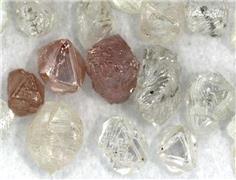
Irish explorer Karelian Diamond Resources (AIM: KDR) said on Tuesday its search for precious stones in Finland has taken ...

An unusually warm winter in Canada this year has delayed the opening of a 400-kilometer (250-mile) ice road that is ...
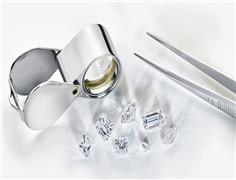
Russia will regularly buy diamonds from sanctions-hit producer Alrosa through a state fund, the finance ministry said on ...
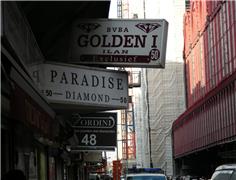
Antwerp’s diamond dealers face long and costly delays following an EU ban on Russian-origin diamonds that took effect on ...

Debswana Diamond Company’s sales of rough diamonds fell 25.1% in 2023, data released by Botswana’s central bank late on ...
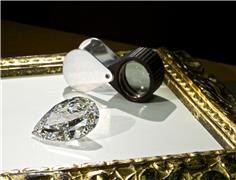
Russia’s sanctions-hit diamond producer Alrosa on Wednesday reported 2023 net profit of 85.18 billion roubles ($925 ...
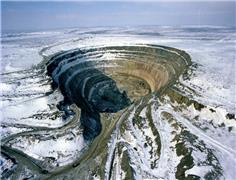
The World Federation of Diamond Bourses (WFDB) issued an open letter on Wednesday calling on the G7 nations and the ...
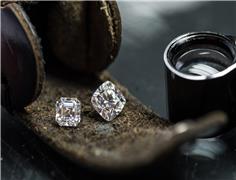
Christo Wiese, South Africa’s billionaire retail king, is going back to the future.

Anglo American will review its assets after a 94% plunge in annual profit and writedowns at its diamond and nickel ...
No comments have been posted yet ...